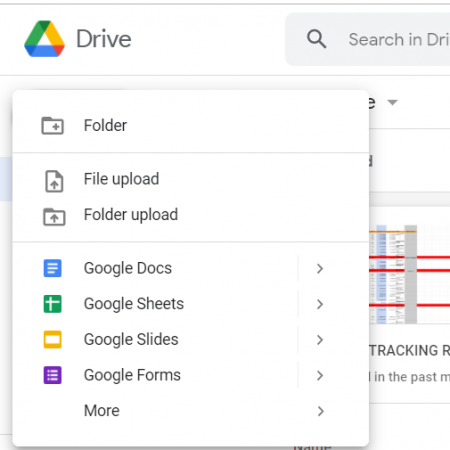3 Steps to Import Google Excel to Sheets

Importing data from Google Excel (now known as Google Sheets) to another Sheets document can be incredibly useful for consolidating information, backing up data, or streamlining workflows. Here’s a comprehensive guide to help you through this process efficiently:
Step 1: Preparing Your Google Sheets for Import

Before you dive into the import process, setting up your Google Sheets can save time and reduce errors:
- Organize your Data: Ensure all data is neatly arranged, with no merged cells that can interfere with the import.
- Name Your Sheets: Give your sheets meaningful names. This will make it easier to identify them during the import process.
- Check for Sensitive Information: Review your sheets for any confidential data you might not want to be transferred or shared.
📌 Note: Before you start importing, consider creating a backup copy of your Google Sheets document to prevent any accidental data loss.
Step 2: Importing Data Using Google Sheets Import Functions

Google Sheets provides several functions for importing data from other spreadsheets:
- IMPORTRANGE Function: This function allows you to import data from one sheet to another in real-time.
=IMPORTRANGE(“spreadsheet_key”, “sheet_name!cell_range”) =IMPORTRANGE(“1Qq_JwE4Z_t0YC6O3k7BHKMV6uW69VQB_Tv44IL8a2Bo”, “Budget!A1:C10”) Ensure you’ve shared the spreadsheet with editing permission so the IMPORTRANGE function can access it.
Step 3: Automating Import with Google Apps Script

For frequent data transfer, automating the import process with Google Apps Script can enhance productivity:
- Open your target Google Sheets document.
- Go to Tools > Script editor to open Google Apps Script.
- Write the following script to automate data import:
function importDataFromAnotherSheet() {
var sourceSpreadsheetId = "1Qq_JwE4Z_t0YC6O3k7BHKMV6uW69VQB_Tv44IL8a2Bo";
var sourceSheetName = "Budget";
var targetSheetName = "Sheet1";
var sourceSpreadsheet = SpreadsheetApp.openById(sourceSpreadsheetId);
var sourceSheet = sourceSpreadsheet.getSheetByName(sourceSheetName);
var targetSpreadsheet = SpreadsheetApp.getActive();
var targetSheet = targetSpreadsheet.getSheetByName(targetSheetName);
var lastRow = sourceSheet.getLastRow();
var lastColumn = sourceSheet.getLastColumn();
var rangeToImport = sourceSheet.getRange(1, 1, lastRow, lastColumn).getValues();
targetSheet.getRange(1, 1, lastRow, lastColumn).setValues(rangeToImport);
}To automate this process at set intervals:
- Select Edit > Current project's triggers.
- Set the script to run at the desired time, e.g., daily or hourly.
📌 Note: Google Apps Script functions require authorization to access and modify sheets. Follow the prompts to allow necessary permissions.
The process of importing data from one Google Sheets document to another is straightforward once you understand the available tools and how to use them effectively. By organizing your data, utilizing import functions, and automating the process, you can save time and minimize errors. Remember to share the source sheet if you're using IMPORTRANGE, and consider creating backups before performing bulk imports. With these strategies, your data management will become more efficient and reliable.
Can I import multiple sheets at once?

+
Yes, you can import multiple sheets by repeating the IMPORTRANGE function for each sheet or using Google Apps Script to import data from multiple sheets in one go.
What happens if the source sheet’s range changes?

+
If the source sheet’s range changes, the IMPORTRANGE function will continue to import the original range you specified. However, Google Apps Script can be updated to dynamically change the imported range based on the source sheet’s current data.
How do I handle real-time updates from the source sheet?

+
The IMPORTRANGE function provides real-time updates, but using Google Apps Script, you can set up triggers to sync data at specific intervals, like every hour or every day, ensuring timely updates without having the function run continuously.